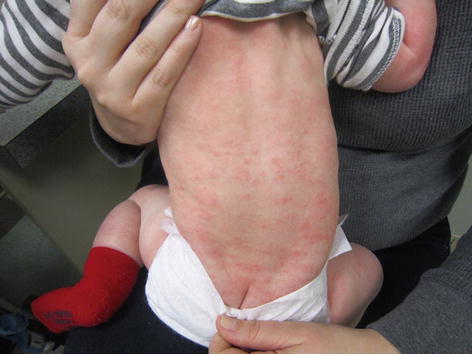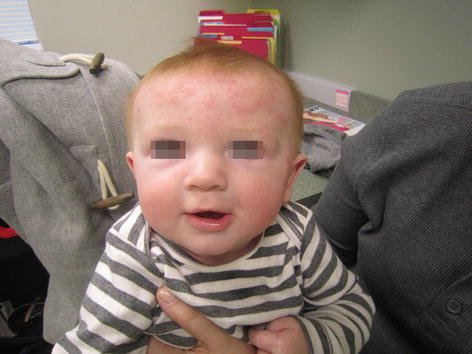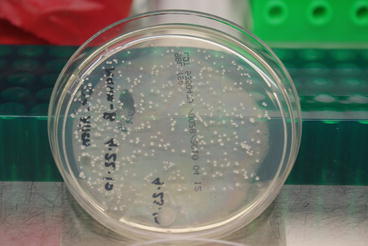(1)
Department of Dermatology, Drexel University, Philadelphia, Pennsylvania, USA
Abstract
Atopic dermatitis, with its many variations, occurs predominantly in children. In adults, it occurs with both similar and different variations. The typical child presents with an extremely pruritic rash that is troublesome not only to the patient but also to the caregivers. This chapter summarizes pictorially the clinical presentations before and after treatment of eczema, appearances of different types of cultures, pathologic findings, and involvement of the immune system and presents treatment and prevention algorithms.
Keywords
BiofilmsCalcineurin inhibitorsCorticosteroidsEczemaInnate immune systemPreventionSkin careSkin eruption Staphylococcus aureus Sweat duct occlusionAtopic dermatitis, with its many variations, occurs predominantly in children. In adults, it occurs with both similar and different variations. The typical child presents with an extremely pruritic rash that is troublesome not only to the patient but also to the caregivers because the incessant itching disturbs daily activities and interferes with the family’s sleep patterns.
Presentation

Fig. 10.1
Nummular eczema. On this 6-month-old infant’s back are many red, ringed papulovesicular plaques

Fig. 10.2
On the same infant’s forehead extending into the scalp, there is a pink papulovesicular eruption
Culture of Lesion

Fig. 10.3
A culture taken from this child’s back shows white colonies on this agar plate. Previously, this would have been called Staphylococcus albus (Staphylococcus epidermidis) but new typing shows it to be Staphylococcus aureus
Assay to Check Whether Organism Makes Biofilms
Stay updated, free articles. Join our Telegram channel

Full access? Get Clinical Tree








